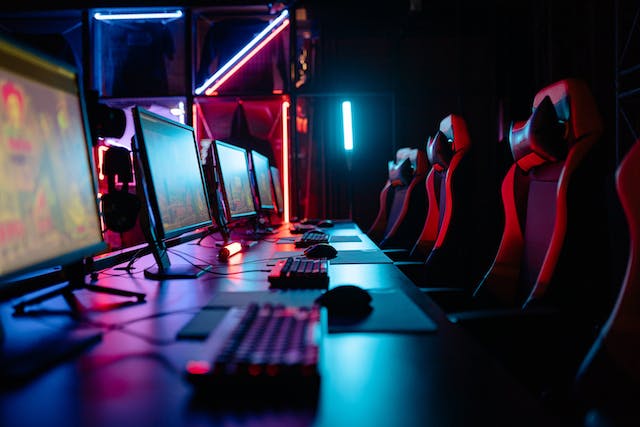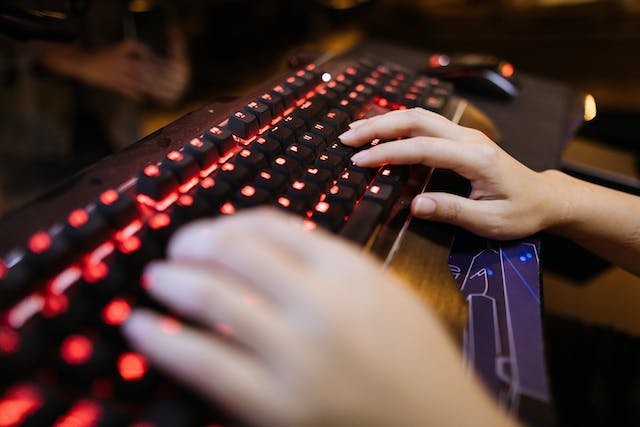Technology has come a long way over the years, but there are two trends that are having a direct influence on the way that games are made, and played.
Machine Learning is Making Games more Adaptable
Machine learning, when combined with neural networking, gives NPCs the chance to improve and learn over time. By using AI, game developers can easily provide a much more immersive and engaging gameplay experience. Intelligent behavior can be simulated, and game elements can be adapted to coincide with player actions.
Machine learning is also prominent across a range of sectors. In iGaming, for example, understanding what game a player is going to move onto next, how much they are going to play and even if they are going to interact with games that can benefit from existing promotional offers can all be predicted with machine learning. Bonus codes can also be presented to users at opportune moments – so if someone is playing, say, Jackpot City, they can have NZ bonus Jackpot City free spin codes suggested to them on the site. This helps casinos not only provide a better gaming experience but also make sure that they are targeting their marketing efforts.
Through machine learning, algorithms can provide insight into player engagement and their general preferences too. This data can then be used to devise gaming strategies, helping developers to provide a better environment for players while adapting games to meet their needs in real time. Another example of machine learning would be how difficulty is adjusted over time within a level. Players who are doing particularly well in a game may experience more difficult adversaries, in an attempt to make the experience more exciting.

Web3 is Helping People to Claim Ownership
Web3 is powered by decentralized protocols and the blockchain. It’s poised to completely revolutionize the gaming sector, and it provides players with true and undisputed digital ownership. It also gives them control over their in-game assets. Buying an asset is already a possibility in a lot of games, but when it comes to clothes, accessories and other items, they are tied to the game and not the player.
Going forward gamers will have the chance to transfer, sell or trade their items across many different platforms. This is going to be done in the form of web3 technology, which facilitates the use of NFTs. This technology is going to help to create a seamless experience for players and it is also going to help open up new streams of revenue.
The digital economy can be supported more than ever. Game developers can easily eliminate the need for intermediaries while empowering players with a much higher level of control over their games. Player-driven economies are going to become the norm, as is user-generated content.

Decentralized autonomous organizations, or DAOs are going to bring about a new wave of potential. Governance and community-driven development are to be a major part of the gaming sector moving forward, as players are going to be given the chance to participate in processes that relate to the update, development and direction of their top games.
These two technologies have one thing in common, in that they give users an empowered level of control over the games that they play, and how they play them. Machine learning adapts in-game elements in real-time, and web3 takes game elements and in some ways, transports them to the real world through ownership. It’s an exciting time for gaming, and the future is bright.